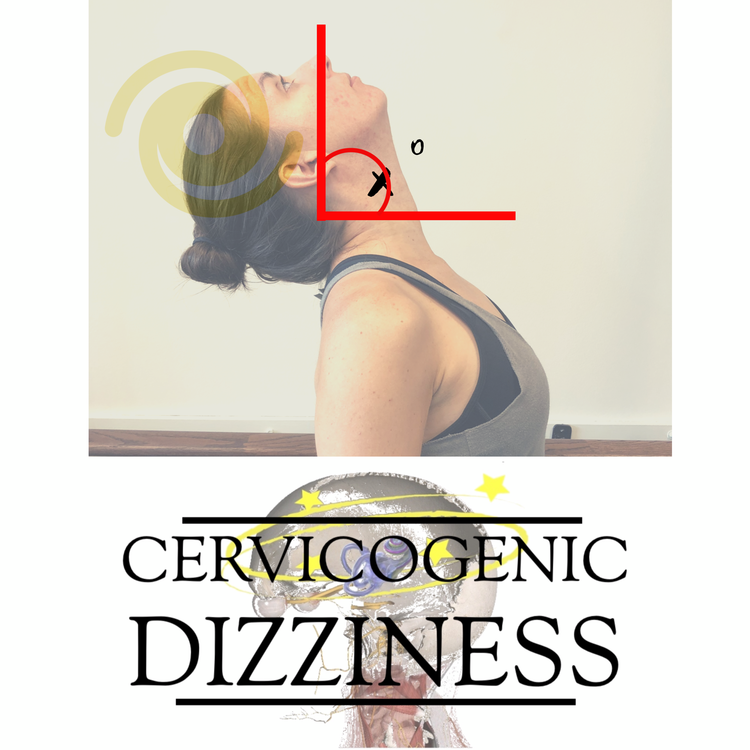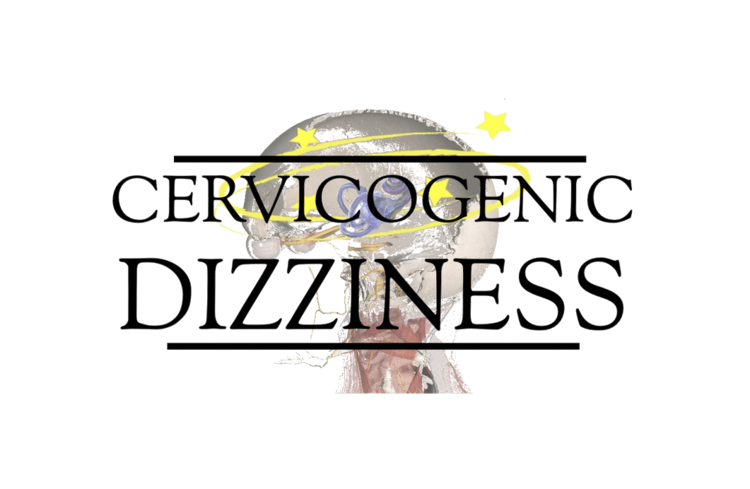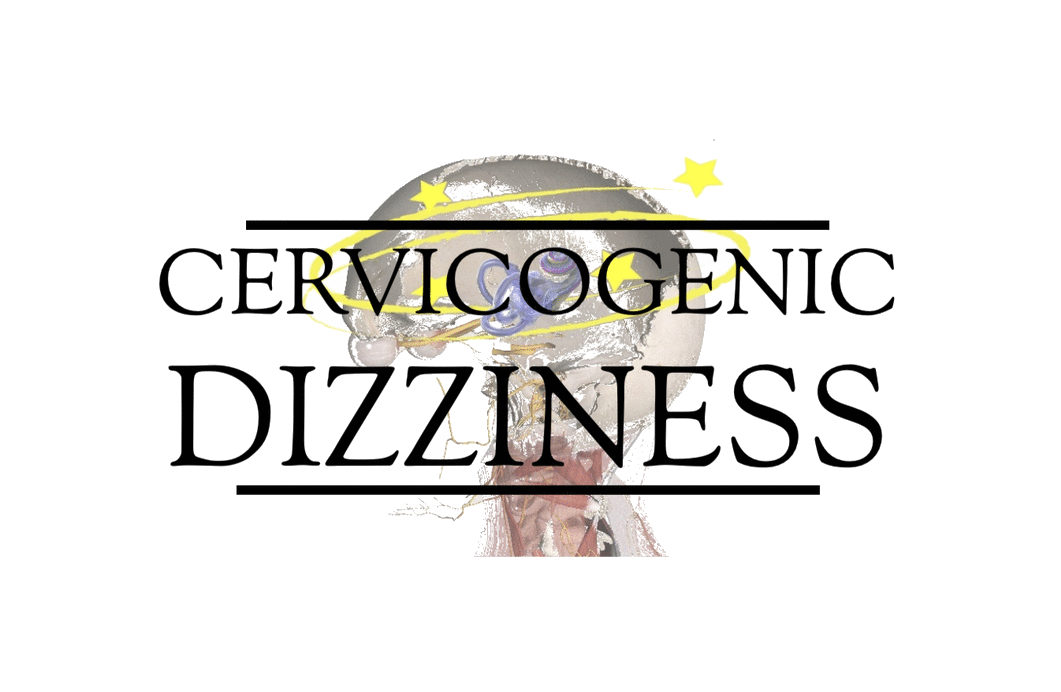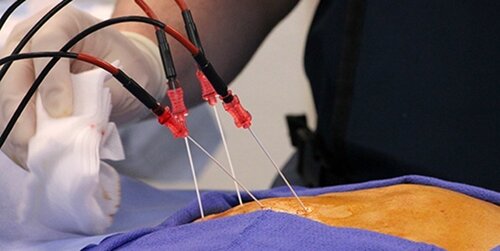
Should you recommend surgery for Cervicogenic Dizziness?
It is well established that conservative treatment should be the primary choice of intervention for non-specific neck pain as the benefit of surgery over conservative care is not clearly demonstrated. For rehabilitation professionals, the use of exercise therapy and/or manual therapy is obviously the most appropriate decision and should always be utilized prior to most invasive, risky procedures.
This is echoed in the Cervicogenic Dizziness / Cervical Vertigo literature as well. We have three systematic reviews demonstrating the benefit of non-surgical and non-pharmacological interventions, specifically manual therapy, for these patients. The high level of evidence all originated in 2005, then again in 2011 and even though just showing effectiveness of acupuncture, endorsed recently in 2017. Although only three SRs, I think this is very positive considering a condition not well studied and continues to carry the burden of controversy.

Even with substantial evidence showing the effectiveness of conservative care, specifically manual therapies, for Cervicogenic Dizziness / Cervical Vertigo, there are still several citations illustrating success following surgery.
Here is a glimpse of the literature with accompanying conclusion:
Yang Y et al 2007
“Percutaneous laser disc decompression can decrease intradiscal pressure, increase local temperature and remove the spasm of the vertebral artery while providing a remarkable therapeutic effect for the treatment of cervical vertigo.”
Ren L et al 2014
“Excellent outcome in 18 out of 35 patients who underwent percutaneous laser disk decompression”
Li J et al 2014
“Good results following more extensive cervical surgery”
Park J et al 2014
“Patient vertigo disappeared after surgical decompression of transverse foramen of C1”

Liu XM et al 2017
“ACDF provided a good resolution of cervical vertigo in a retrospective study of 116 patients”
Yin HD et al 2017
“Radiofrequency ablation nucleoplasty improves the blood flow in the narrow-side vertebral artery in 27 patients diagnosed with cervical vertigo and illustrates the therapeutic effect on cervical vertigo. Radiofrequency intradiscal nucleoplasty can be used as a minimally invasive procedure for treating cervical vertigo”
You can see a trend in the just the last few years indicating success of vertigo/dizziness after surgical procedures. As an evidence-informed practitioner or even a vestibular specialist who isn’t trained in treating the neck, and recognizes lack of consistent relief in your patient, you may seek out this research and consider referring on to a surgeon. Before you do so, let’s dive into the most recent article with surgical success to jack into a clinical reasoning discussion.
Patients/Methods: Of 145 patients with cervical spondylosis and dizziness, 116 underwent anterior cervical decompression and fusion and 29 underwent conservative treatment. All were followed up for one year. The primary outcomes were measures of the intensity and frequency of dizziness. Secondary outcomes were changes in the modified Japanese Orthopaedic Association (mJOA) score and a visual analogue scale score for neck pain
Results: There were significantly lower scores for the intensity and frequency of dizziness in the surgical group compared with the conservative group at different time points during the one-year follow-up period (p = 0.001). There was a significant improvement in mJOA scores in the surgical group.
Conclusion: This study indicates that anterior cervical surgery can relieve dizziness in patients with cervical spondylosis and that dizziness is an accompanying manifestation of cervical spondylosis.

Out of China, Dr. B Peng and his colleagues recently had this article published in the Bone & Joint Journal (not the best journal but higher impact factor than JOSPT). This is a level 2 multi center prospective cohort study—not bad when considering level of evidence as we have very few studies higher up on the chain and most involve the same name of Susan Reid & her colleagues from the land of Australia.
From initial glimpse of methodology, results and conclusion (you know we all typically look at the abstract…), my thoughts are that if my patient has arthritis and dizziness, then if they have surgery, they will have less intensity and frequency of dizziness compared to conservative route.
The first thing I did was to look at what type of conservative treatment was performed. Here is the description:
Conservative treatment included physiotherapy, intermittent cervical immobilization with a collar, nonsteroidal anti-inflammatory drugs and rest.
This doesn’t tell us much what kind of physiotherapy was performed (stabilization exercises, heat/ice, e-stim, massage, squeezes for the shoulder blade squeezes with theraband, neck ROM—hell we don’t know!). We don’t know what was meant by rest, or what was meant by intermittent immobilization of the spine (does anyone do this nowadays anyway?). For all purposes, it could be the Physio Blend buffet style…but doubtful.
The second thing I did was look at the type of patients that were recruited.
Between March 2014 and March 2015, 157 patients with cervical spondylotic radiculopathy and/or myelopathy from three spinal centres (General Hospital of Armed Police Force, Beijing; 304th Hospital, Beijing; Changzheng Hospital, Shanghai) were enrolled in the study.
Additionally, the patients had failed conservative treatment (3 months of treatment!) prior to potentially having surgery—-34 of the 157 patients declined surgery—but continued with conservative treatment—and this was the group that surgery was compared to! I’m sure the patients who continued with PT after 3 months were stoked to continue more of the same cervical immobilization, rest, NSAIDs and general physiotherapy….
The third thing I did—write this blog.

BIG KEY POINTS:
This is not a bash against the article—I thought it was well written and authors were open to the limitations in the conclusions. They even stated the patients selected for study were for myelopathy/radiculopathy and not dizziness! But, knowing the time and effort that goes into reading research in the profession—the title and abstract could be misleading to the consumer and I felt this blog would be beneficial to my rehabilitation colleagues.
Just like any condition we treat, this paper exemplifies a double entity. Yes, the patients had improvement in dizziness following the procedure, but I would really say these patients had success of cervical pain due to cervical spondylotic radiculopathy and/or myelopathy, NOT cervicogenic dizziness.
This paper also exemplifies the notion that dizziness can arise from the neck, and can improve with intervention! So yes, still can be controversial in the medical eyes, but this group sought out improvement in dizziness following the procedure indicating a cause/effect relationship.
Further, if you’re a vestibular therapist seeing patients you think that symptoms could be arising from the cervical spine, don’t just pass on to your orthopedic mate in the clinic. Get some training, some real training. We can help you with that.
Cervicogenic Dizziness Course
You can learn more about the screening and treatment process of Cervicogenic Dizzinesss through Integrative Clinical Concepts, where the authors (husband–a manual therapist a wife—a vestibular specialist), teach a very unique course combining both the theory and practice of vestibular and manual principles in their 2-day course. Pertinent to this blog post, the 2nd day includes the “Physio Blend”, a multi-faceted physiotherapist approach to the management of Cervicogenic Dizziness, which includes treatments of the articular and non-articular system of manual therapy and the most updated sensorimotor exercise regimen.
If you would like to host a course for your staff (either a vestibular, neuro, sports or ortho clinic), please do not hesitate to contact me at harrisonvaughanpt@gmail.com for more information.
AUTHORS
Harrison N. Vaughan, PT, DPT, OCS, Dip. Osteopracic, FAAOMPT
Instructor: Cervicogenic Dizziness for Integrative Clinical Concepts
Danielle N. Vaughan, PT, DPT, Vestibular Specialist
Instructor: Cervicogenic Dizziness for Integrative Clinical Concepts



